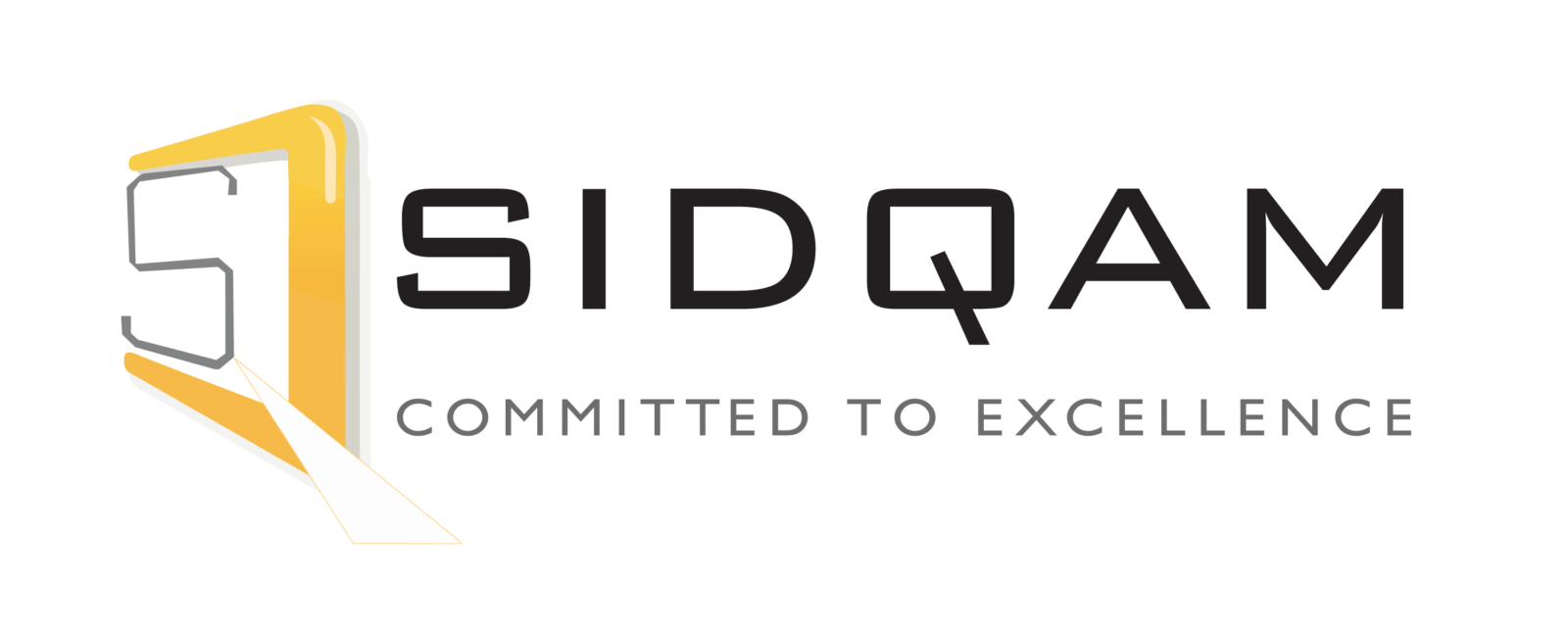Assistive Techolony: A New Hope in Education.
Technology has surfaced as a potent instrument, reshaping the learning environment for all learners. For those grappling with learning disabilities, assistive technology has emerged as a ray of hope, offering bespoke solutions to surmount obstacles and unleash their inherent potential.
Assistive Technology: Filling the Void.
Learning impairments, such as dyslexia, ADHD, auditory processing disorders, and dyscalculia, can pose distinct hurdles in the educational journey. These impediments can obstruct an individual’s capacity to understand, remember, and articulate information. Nevertheless, assistive technology acts as a conduit, proffering personalized solutions to alleviate these hurdles and equalize opportunities.
A Panorama of Aid: Tools and Apps for Augmented Learning
Text-to-Speech (TTS) Software: For those with dyslexia or visual impairments, TTS software transmutes written text into audible words, granting auditory access to educational content. This unveils a universe of opportunities, enabling them to interact with textbooks, articles, and online resources in a more approachable and significant manner.
Speech-to-Text Software: For those who find writing challenging due to motor skill or processing issues, speech-to-text software enables them to verbalize their thoughts and ideas, transcribing their spoken words into written text. This eradicates the physical constraints of writing, allowing them to express themselves uninhibitedly and efficiently.
Mind Mapping Apps: Mind mapping apps offer a visual platform for structuring thoughts and ideas, facilitating students to visualize intricate concepts and relationships. This can be particularly advantageous for individuals with ADHD or executive function disorders, who may find conventional note-taking methods challenging.
Graphic Organizers: These digital instruments display information in a visually organized manner, assisting individuals in comprehending complex concepts more easily. Graphic organizers can segment lengthy text into digestible portions, simplifying understanding and information retention.
Read-Aloud Apps: For struggling readers, read-aloud apps convert digital text, including books, articles, and websites, into audible words. This auditory aid can enhance comprehension and engagement, making reading more pleasurable and approachable.
Math Software and Calculators: For those with dyscalculia or math-related learning difficulties, specialized math software and calculators offer step-by-step assistance and simplify complex problems. These tools can aid students in visualizing mathematical concepts, honing problem-solving skills, and fostering confidence in their mathematical abilities. Note-Taking Apps: Digital note-taking apps present a versatile and organized method for note-taking, enabling students to record information, revisit their notes, and augment their learning with features like audio recording and text-to-speech capabilities.
The Role of Educators: Advocates of Inclusive Learning
While assistive technology plays a pivotal role in empowering individuals with learning disabilities, the commitment of educators is indispensable. Educators are often the first to detect signs of learning difficulties and champion their students’ needs. Their proficiency in devising personalized learning plans, nurturing inclusive classrooms, and collaborating with parents and guardians is priceless in guaranteeing each student’s success.

Educators: Agents of Transformation
Here’s how educators can effect change:
Early Identification: Educators are often the first to notice signs of learning difficulties. Prompt identification facilitates timely interventions and the deployment of suitable assistive technology, maximizing the efficacy of support. Individualized Education Plans (IEPs): Educators collaborate closely with students, parents, and special education professionals to formulate IEPs detailing specific accommodations and support for each student’s distinct needs. IEPs ensure that students receive the personalized support they require to thrive. Access to Assistive Technology: Educators play a vital role in acquainting students with pertinent assistive technology, ensuring they possess the tools they need to excel academically. They can offer training, support, and guidance on utilizing assistive technology effectively. Inclusive Classrooms: Educators cultivate inclusive classrooms that embrace diversity and promote empathy. They establish a supportive environment where students with learning disabilities feel valued, respected, and empowered to participate fully in the learning process. Regular Communication: Educators maintain transparent communication with parents and guardians, keeping them apprised of their child’s progress and any challenges they may be encountering. This collaboration ensures that everyone involved in the student’s education is aligned and working towards common objectives.
